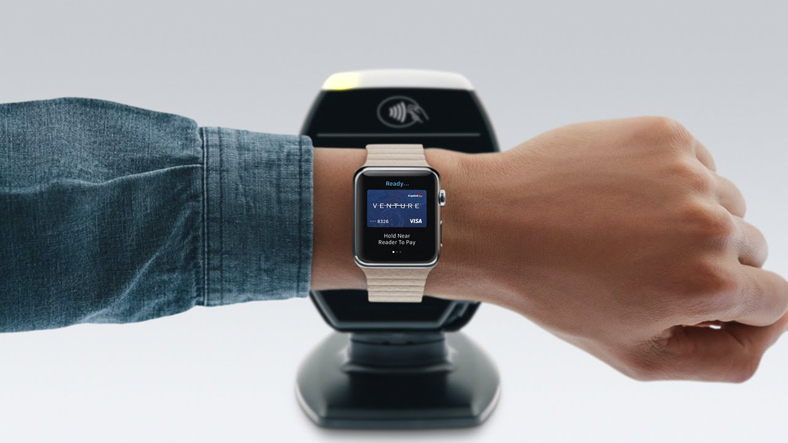
– Abstract –
NFC device design is guided by objectives such as reliability, stability, low-energy consumption, ultracompact design, and at the same time, providing the best user experience with a large operational area during the transaction. There is nothing more frustrating than searching for the right position of your mobile phone to make a payment.
In mobile devices, the available clearance for an antenna is very limited. Hence, NFC-based communication uses smaller form factor antennas than historical RFID antennas. This implies some changes in the physical communication layer to ensure a stable and reliable communication. Active Load Modulation (or ALM) has been introduced by device manufacturers to achieve this goal and KEOLABS has developed a tool that uses this technology to provide more in-depth terminal testing.
This new communication technology has a direct impact on terminal design, to comply with ISO requirements.
In this paper, we will see how to verify if a reader is ready to interact with an NFC mobile device in card emulation mode.
This content is password protected.
To view it please request a password.
